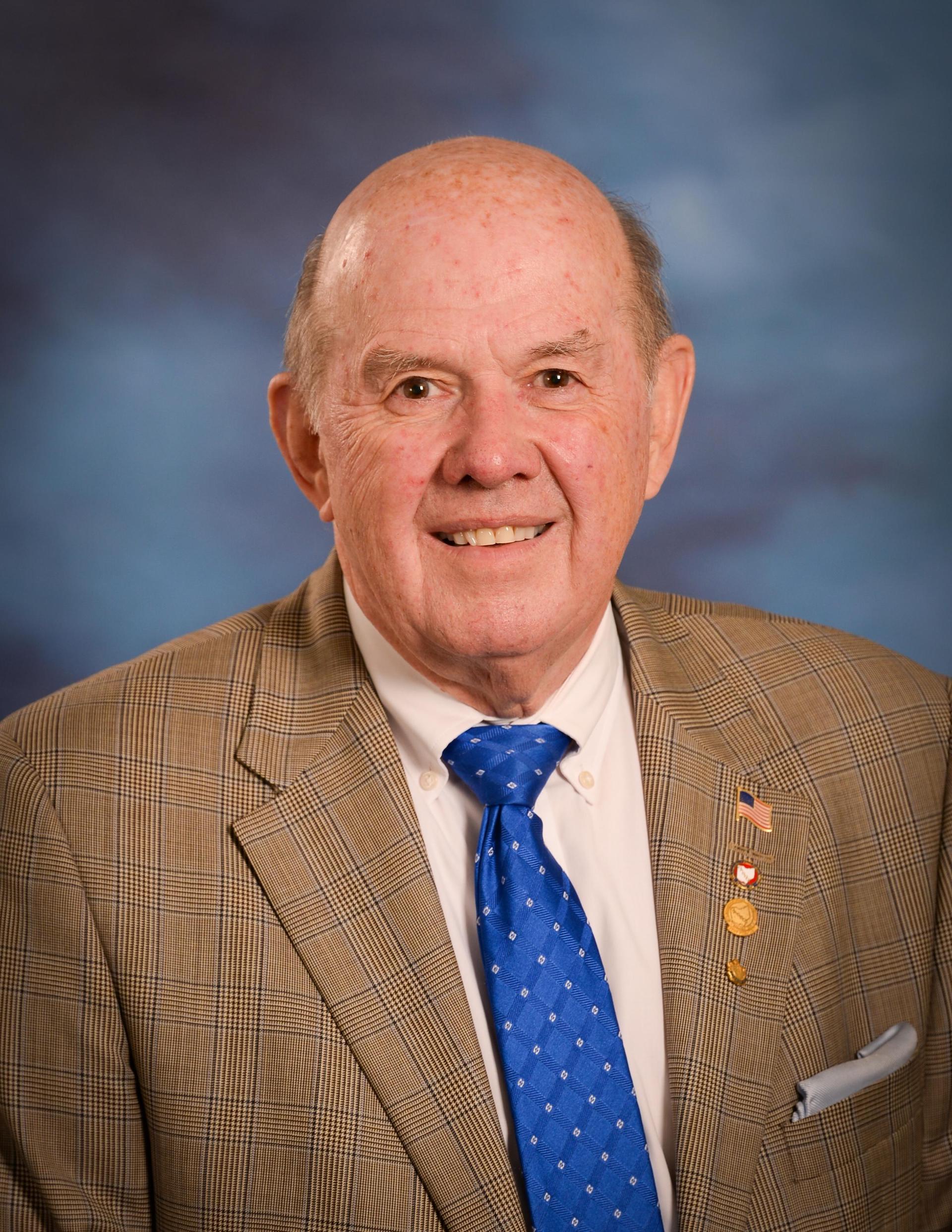And speaking of eclipses…. Isn’t everyone?
It’s all over the place, and with pretty good reason, since it’s been quite some time—38 years isn’t it—since the last total eclipse of the sun was visible over significant portions of the United States. It’s also the first since 1918 to be visible from coast to coast, AND the first since 1776 to be seen only on American soil. See, there are eclipses happening somewhere on earth every 18 months or so, but since so much of the planet is covered by water or uninhabited ( Pacific Ocean or Antarctica, anyone?), any given spot on our “blue marble” (as the astronauts describe their view of it from space)will observe a total solar eclipse only once in 375 years. Now that’s a wait, even longer than Halley’s Comet.
It’s being described by some as “the American eclipse” and will be seen, in totality, (the rest of us will have a partial look—about 80% in NE Ohio at 1:07 p.m.) in fourteen states, from Oregon(Government Point) to South Carolina(Charleston area). A number of population centers are in or near the path. Many are planning Eclipse Parties for the expected umbraphiles—“shadow lovers”, eclipse chasers—who will be coming just to see this celestial event. These folks go all over the world to see total eclipses, conducting scientific researches or just looking and saying, “Ooooh! Aaaah!” America’s first recognized female astronomer, Mariah Mitchell of Vassar College, trekked all the way out to Colorado to study a total eclipse in 1878. She and her feminine cohorts were there to make observations and to take a stand for women in science. They did not say, “Ooooh! Aaaah!” It was quite the event. Thomas Edison was there too.
Clouds will make all the difference in what we will all see, which is why places like Casper, WY are being touted as some of the prime viewing spots—fewer clouds, less pollution, better chance to see the whole shebang. And it’s not something that one can just spend leisurely time watching either; the whole thing will last only 2 minutes, 40-some seconds in any given spot.
The path of the shadow causing the spectacle is approximately 60 to 70 miles wide. The closer to the center an observer is, the longer the event will seem to last. Communities all along the path are beefing up their security forces, and emergency responders, adding portable cellphone towers (for all of those folks trying to send photos back to Aunt Nellie in Peoria), calculating the possible strain to their infrastructures, coordinating with other local and state government entities to deal with the expected crowds. Port-a-Potties are in high demand. Some are advising eclipse-watchers to bring their own food and water and to take appropriate safety measures, such as proper specialized glasses.
The foolhardy can permanently damage their eyesight, or even go blind by looking directly at the phenomenon. Welders’ glasses—shade 14 or higher— telescopes or binoculars fitted with special solar filters, OR specialized glasses designed explicitly for viewing solar events are the only way so safely view this eclipse or any other. The PCDL branches have the special glasses available. Wearing them will enable you to get your best look at our partial occurrence and, perhaps, spot the planets of Mars and Mercury, ahead and behind the path of the sun. You might also get to see “Bailey’s Beads”, a visual effect caused by the sunlight peeking out between the valleys on the surface of the moon. The spectacular feature is usually considered to be the appearance of the solar corona.
The inhabitants of 14 states—perhaps 12 million people—will be able to observe the phenomenon. Probably few of them will believe , like the followers of ancient Indian mythology, that the Hindu demon, Rahu, had, after chasing the sun through the heavens, caught it and swallowed it up. Some might be forgiven for leaning toward the Babylonian belief that an eclipse heralded the death of the king (At some point, kings figured out a scheme to avoid this fate by dressing up some condemned prisoner in king’s robes to foil the fates’ designs on their royal persons). The Chinese held similar beliefs about the health and success of the emperor. Astronomers could lose their lives for miscalculation. These—and other—early mathematicians worked out formulas to predict, with reasonable accuracy, when the next event would occur. It will only take about 90 minutes for the shadow of the moon to sweep across the whole country.
Pity that knowledge did not usually filter down to the lower-level, non-math people, because eclipses remained fearful events for many, even up into our own times. Some pretty awful things were done to people by other people—family even—in the belief that the darkness was the sign of the beginning of The End. The brightness of the sun falls by a factor of 1 million. It’s dark. Cows start walking home to the barn. Birds stop singing.; crickets start chirping. Temperatures can fall by as much as 20 degrees. Winds stop. Pretty scary.
Scientists/astronomers are, of course, salivating at the possibilities for discovery at this time, in this place. They’ll be studying the solar corona—a turbulent region of swirling solar winds up to 3.5 million degrees Fahrenheit—and the coronal mass ejections of ionized particles that fly toward Earth causing the aurora borealis (They’re a danger to astronauts, satellites and some ground-based technologies—look out power stations and “the grid”).
In case you miss this one, hang on to your eclipse glasses and hunker down until 2024, when another total eclipse is destined to sweep across the U.S. That one will occur on April 8, 2014 and will sweep up from Mexico across Texas, Oklahoma, Arkansas, Missouri, Illinois, Indiana, Michigan, OHIO (Cleveland and Toledo), Pennsylvania, New York, Vermont, Maine. Start making reservations now; hotels and motels have been sold out for three years in the path of the 2017 event. Pray for clear weather.













